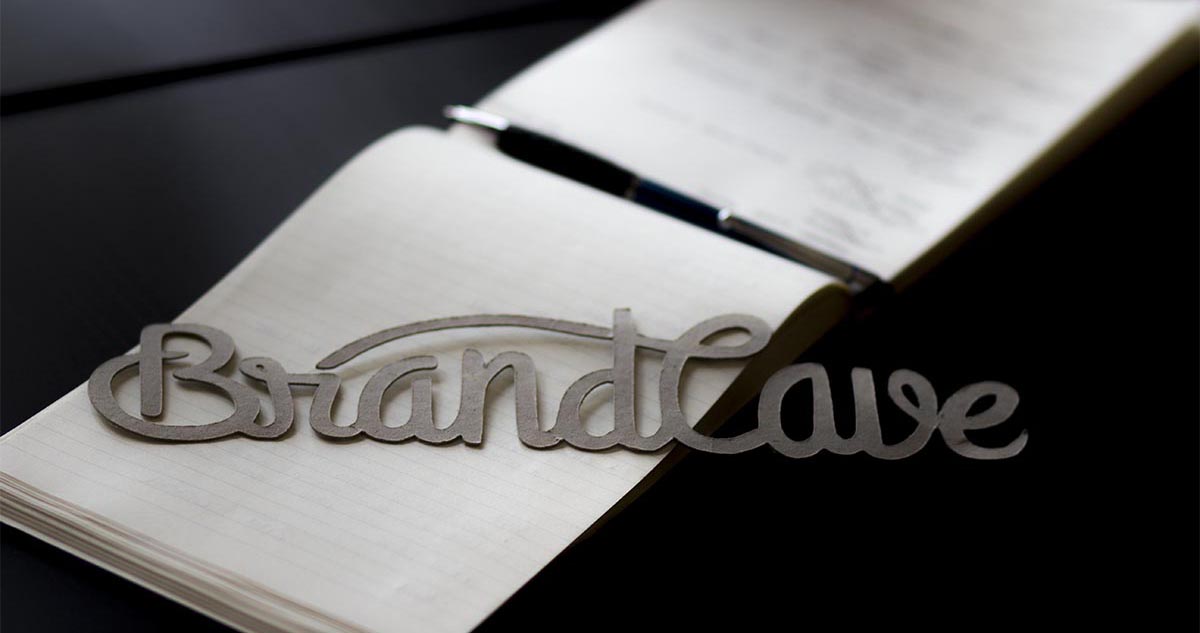The concept of the engines of growth is the product of Eric Ries, author of The Lean Startup. The engines are metrics that can help you figure out how to create sustainable growth based on customer use of your product or service. There are three engines: the sticky engine, the viral engine and the paid engine. Each engine brings a different trajectory for growth and a different kind of growth. It is a good idea to focus on just one of these engines or you will have a hard time knowing what is working and what isn’t for your startup. Which of the three engines of growth is right for you?
Sticky Engine
Is one of your key marketing goals to retain long term customers? If so, consider the sticky engine. This engine of growth places the focus on delighting existing customers, not attracting new ones. Ries posits that reducing churn rates are key in sustaining growth. How do you do this? By keeping your customers happy. If you aren’t helping them solve a problem or making their lives easier, changes are they will move on. Organizations such as eBay do this really well. When people began using their service, their customer experience was so rewarding (possibly, addictive?) that it invited customers to come back.
Unlike viral growth, which depends on attracting more users via the existing userbase, sticky growth is about increasing usage of the product or service. Users don’t necessarily need their friends to use the same product they use, but if it works well for them, it’s likely they’ll tell their friends about it. Dropbox, for example, used the sticky engine of growth to grow from 100,000 users to 4 million users in only 15 months. They rewarded user referrals by giving more free storage for each new account a user brought to the platform. By making their customers happy and allowing them to benefit from recommending the service, they increased signups by 60%.
To measure how many customers are “sticking,” compare the number of your product’s daily active users to the number of total users. This percentage will indicate how useful your customers find the product. You can also measure customer retention by comparing the rate of abandonment to the rate of acquisition.
Naturally, the goal is to have more customers coming in than going out. The focus, however, remains on pleasing your current customers. If they’re pleased, they’ll be willing to recommend you to others. Once you have a customer acquisition rate that is higher than your customer attrition rate, you start to grow.
Viral Engine
If the sticky engine is fueled by customer retention, the viral engine is fueled by customer referrals. Like a virus, the viral engine places the growth emphasis on increasing person-to-person transmission. It’s all about getting users. Examples of this can include, according to Ries, any product that causes new customers to sign up as a side-effect of existing customers’ usage. Companies such as PayPal, Facebook, Snapchat – basically any product or service that only works if there is a community of users – employ the viral engine of growth.
Facebook is an excellent example of viral growth. They started out slowly, only expanding their user base only after they conquered their existing one. First Harvard, then the Ivy League, then all colleges, then high schools, then Silicon valley and the general population. This slow build allowed word-of-mouth marketing to cause the momentum. This strategy made Facebook a true viral hit. We all want what we can’t have, especially when it’s a service like Facebook.
To measure the virality of your startup, compare the number of referred customers to your total number of customers. The viral engine works great for products or services that fit perfectly with the target audience already. If you’re struggling with where and who your market is, virality will be an unreliable engine of growth.
Paid Engine
The most traditional of the engines of growth, the paid engine focuses on growing your company through advertising in its various forms. Naturally, it’s the most expensive. Since you are buying leads, it’s important that each customer is substantially more profitable. This growth engine is most useful when you are able to turn a profit big enough to invest the difference back into advertising to attract more customers to your business. What you invest in is up to you; SEM, PR, traditional advertising, banner ads – all potential avenues for paid growth.
Getting paid traffic is a bidding war so you need to be able to monetize your customers better than your competitors who are bidding for the same traffic. Companies such as Amazon or Netflix have employed this model of paid growth quite successfully. One company in particular, Groupon, used the paid engine to grow 228% in one year. In a single quarter, they spent $179 million to acquire 33 million new users.
To measure how much monetary benefit each customer provides, just take the difference of the total amount earned from the customer from the cost of acquiring that customer. This can tell you if your business model is producing positive or negative growth. Paid acquisition requires a detailed plan that lays out all of your advertising channels and calculates the lifetime value of each customer against the cost of acquiring them. To use this engine of growth, make sure you’ve done your research and have the numbers to guide your strategy moving forward.
UX Drives Every Engine
The engines of growth are a simple and easy to understand methodology for jumpstarting growth in your business. When first launching a startup, sticking to just one engine is smart, but once your business begins to grow, you can experiment with different strategies. After you have some growth success, you can afford to test different hypotheses to see what the next step will be. Eventually, the engine you focused on in the beginning will stall out and you’ll have to switch tactics.
At the heart of every sustainable growth model are happy customers. No matter which of the engines of growth you decide to focus on for your startup, you first need an exceptional product that benefits your target audience. It should become an asset to their lives that either reduces their costs or risk. No matter which engine of growth you choose, if the customer leaves dissatisfied, your cycle of growth will hit a dead end and your business will stagnate.
All of the engines of growth require a sound marketing strategy and Brandcave can help you with that. Give us a call.

